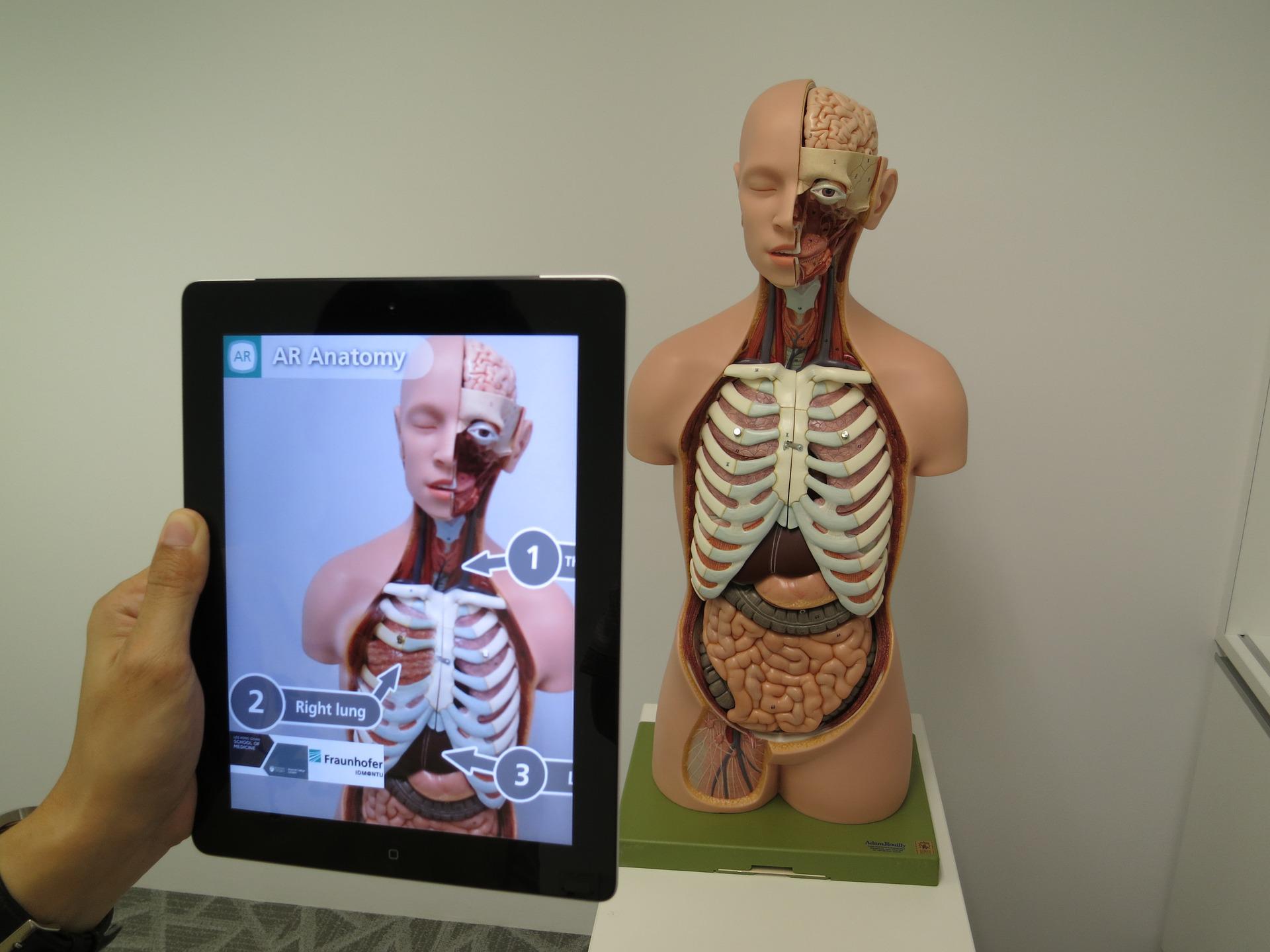OTAN News
Some Findings on the Use of Augmented Reality in Education
 Image by zedinteractive from Pixabay
Image by zedinteractive from Pixabay
Even though augmented reality (or AR) has been around for a number of years, many educators are still not familiar with this edtech tool. Augmented reality superimposes digital images, text, or animation onto the real world. AR apps "augment" reality by depicting both the real world and the superimposed objects for an interactive experience. This differs from virtual reality (or VR), which is a fully immersive experience that replaces the real-world environment and requires a special headset. The pandemic put a bit of a pause on AR and VR as schools focused on staying virtually connected with students and families, but now that more schools are reopening for in-person instruction, educators can look at incorporating AR and VR in the classroom in a more manageable way.
McGraw-Hill recently surveyed K-12 teachers, administrators, and parents on the use of AR in the classroom and the results are included in the report, Augmented Reality in Education 2022: Educator and Parent Perspectives. Some of the key findings include:
- Even though few teachers use AR in their classrooms, those that do use AR at least once a week.
- Teachers and students use technology generally available in the classroom and at home for AR – laptops, tablets, and smartphones.
- AR can be used for in-class instruction, virtual field trips, virtual experiments or labs, and homework.
- AR is most popular in math and science classes, but teachers also use it in English and social studies classes.
- The top three benefits include improving student engagement, increasing student motivation, and accommodating different learning styles.
Contact our office at support@otan.us or call us at 916-228-2580 if you would like to explore using AR at your agency. You may also be interested in an article we posted a few months ago, Some Research Findings on the Use of VR in Education.

